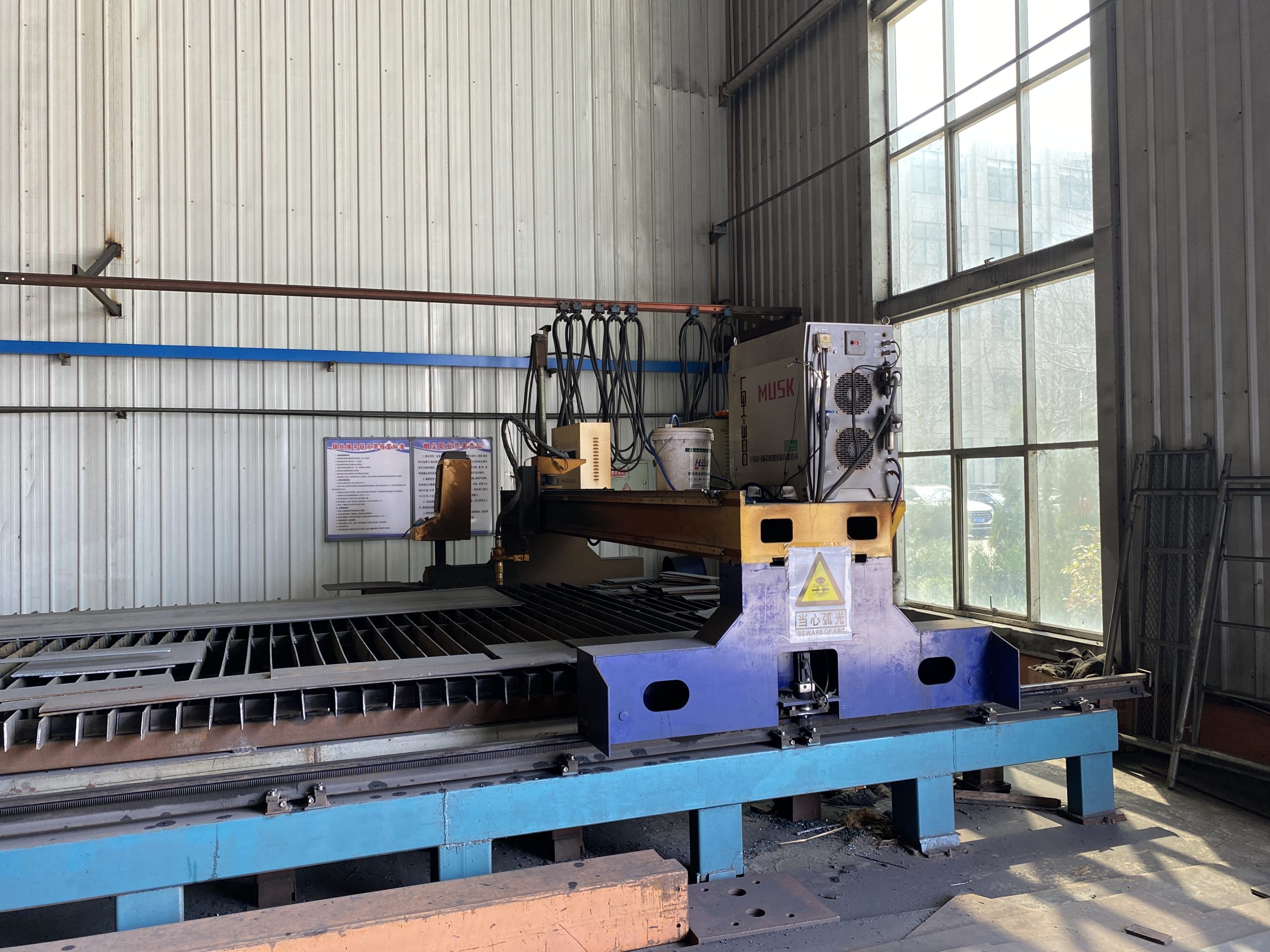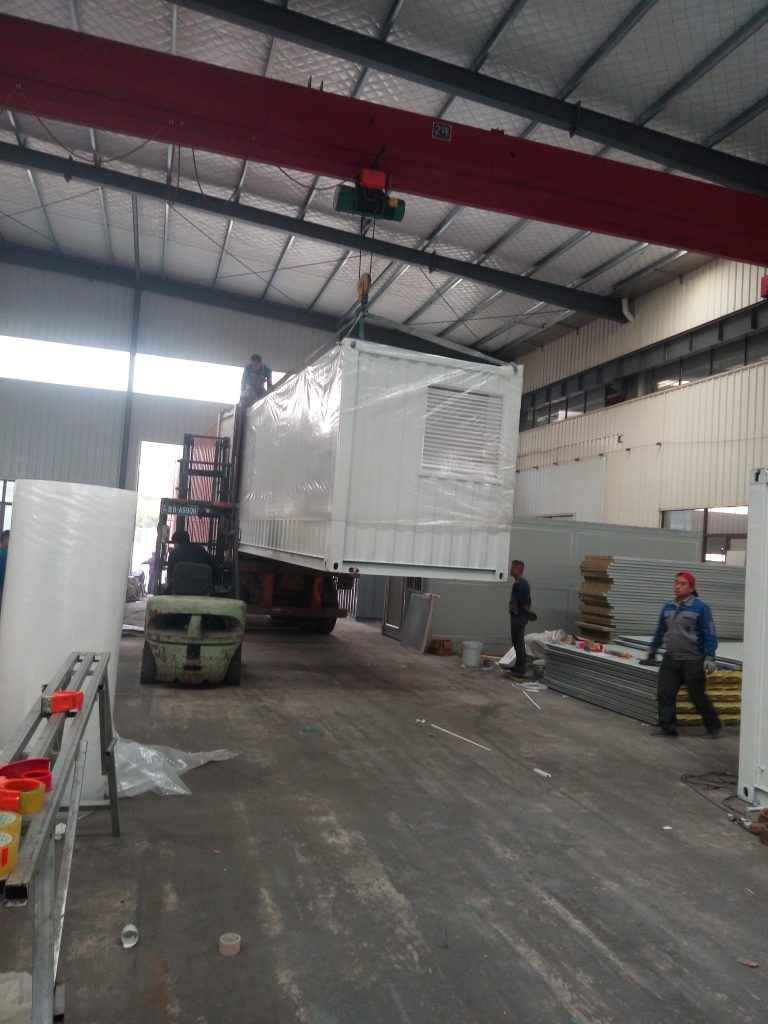Rapid construction of container houses in temporary medical facilities and infection control
Table of Contents
Benefits of Rapid Construction of Container Houses in Temporary Medical Facilities
The rapid construction of container houses in temporary medical facilities has become increasingly popular in recent years due to its numerous benefits. These container houses are prefabricated structures that can be quickly assembled on-site, providing a cost-effective and efficient solution for temporary medical facilities. In times of crisis, such as the current COVID-19 pandemic, the need for additional medical facilities has become urgent, making rapid construction methods essential.
One of the key benefits of using container houses for temporary medical facilities is the speed at which they can be constructed. Traditional construction methods can be time-consuming and labor-intensive, whereas container houses can be assembled in a fraction of the time. This rapid construction allows medical facilities to be up and running quickly, providing much-needed support to communities in need.
In addition to speed, container houses are also cost-effective. The prefabricated nature of these structures means that they require less material and labor to construct, resulting in significant cost savings. This is particularly important in times of crisis when resources may be limited, and budgets are tight. By using container houses for temporary medical facilities, organizations can stretch their budgets further and provide essential services to those in need.
Furthermore, container houses are highly versatile and can be customized to meet the specific needs of a medical facility. Whether additional space is needed for patient care, administrative offices, or storage, container houses can be easily modified to accommodate these requirements. This flexibility allows organizations to create a tailored solution that meets their unique needs, ensuring that patients receive the best possible care.
Another benefit of using container houses for temporary medical facilities is their portability. These structures can be easily disassembled and moved to a new location if needed, making them ideal for temporary facilities that may need to be relocated in the future. This portability also allows organizations to quickly respond to changing needs and adapt their facilities as necessary.

In addition to their practical benefits, container houses also offer advantages in terms of infection control. These structures can be designed with features that help prevent the spread of infectious diseases, such as separate entrances and exits, negative pressure rooms, and air filtration systems. By incorporating these measures into the design of container houses, organizations can create a safe and secure environment for both patients and healthcare workers.
Overall, the rapid construction of container houses in temporary medical facilities offers a cost-effective, efficient, and versatile solution for organizations in need of additional space. These structures can be quickly assembled, customized to meet specific needs, and easily relocated if necessary. In addition, container houses can be designed to enhance infection control measures, providing a safe and secure environment for patients and healthcare workers alike. As the demand for temporary medical facilities continues to grow, the use of container houses offers a practical and effective solution for organizations looking to expand their capacity quickly and efficiently.
Strategies for Infection Control in Temporary Medical Facilities with Container Houses
The rapid construction of container houses has become a popular solution for creating temporary medical facilities in response to the increasing demand for healthcare services during the COVID-19 pandemic. These container houses offer a quick and cost-effective way to set up medical facilities in a short amount of time, allowing healthcare providers to efficiently care for patients in need. In addition to their speed of construction, container houses also provide a flexible and customizable space that can be tailored to meet the specific needs of a medical facility.
One of the key advantages of using container houses for temporary medical facilities is their modular design, which allows for easy expansion or reconfiguration as needed. This flexibility is crucial in the face of rapidly changing healthcare demands, as it enables healthcare providers to quickly adapt their facilities to accommodate a growing number of patients or changing treatment protocols. In addition, the standardized design of container houses makes them easy to transport and assemble, further speeding up the construction process.
Infection control is a top priority in any medical facility, but it is especially critical in temporary facilities where large numbers of patients are being treated in close quarters. Container houses offer several features that can help to minimize the risk of infection and ensure the safety of both patients and healthcare workers. For example, the modular design of container houses allows for the creation of separate treatment areas for patients with different levels of infection, helping to prevent the spread of disease within the facility.
Furthermore, container houses can be equipped with advanced ventilation systems that help to maintain clean air quality and reduce the risk of airborne transmission of infectious diseases. These systems can be easily installed during the construction process, ensuring that the facility is equipped to handle the unique challenges of treating infectious diseases. In addition, the durable materials used in the construction of container houses make them easy to clean and disinfect, further reducing the risk of contamination within the facility.
Another important consideration in infection control is the layout of the facility, which can impact the flow of patients and healthcare workers and help to minimize the risk of cross-contamination. Container houses can be customized to include separate entrances and exits for patients and staff, as well as designated areas for triage, treatment, and isolation. This careful planning can help to streamline the patient care process and reduce the risk of exposure to infectious agents.
In conclusion, the rapid construction of container houses offers a practical and efficient solution for creating temporary medical facilities in response to public health emergencies. These facilities can be quickly and easily customized to meet the specific needs of a healthcare provider, while also providing a safe and secure environment for patients and staff. By incorporating features that prioritize infection control, such as advanced ventilation systems and carefully planned layouts, container houses can help to minimize the risk of disease transmission and ensure the effective delivery of healthcare services. As the demand for healthcare services continues to grow, container houses will play an increasingly important role in supporting the rapid and efficient construction of temporary medical facilities.






